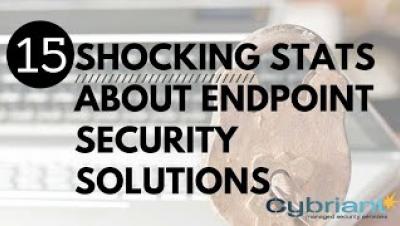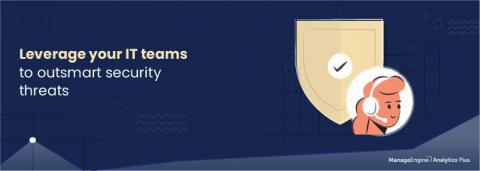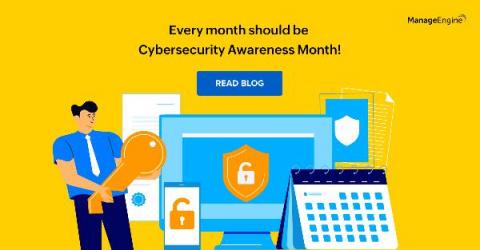What is MITRE ATT&CK Framework?
If you are in the IT and/or cybersecurity, you must have heard of MITRE ATT&CK framework at least once but do you actually know what it is? Keep reading to learn! The ATT&CK network is developed by the MITRE Corp roughly seven years ago to offer crucial information, support and threat tactics to those who work in cyber security. ATT&CK framework is a living document that grows and gets updated every day.










